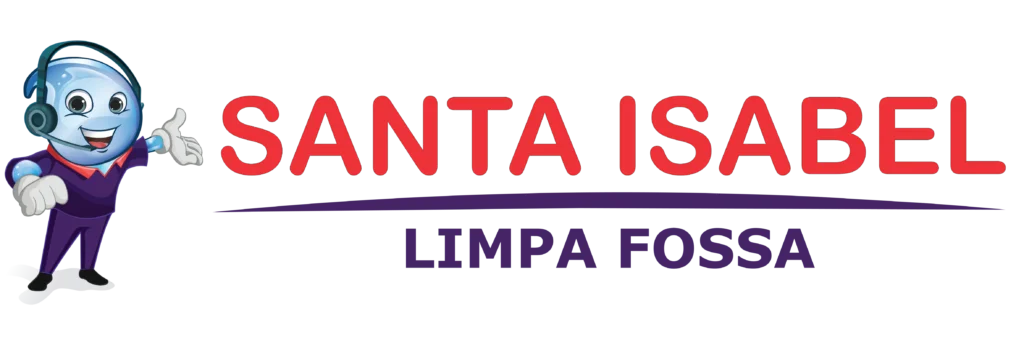Expense Management 101: A Complete Guide for Businesses

These may include recurring expenses necessary to keep facilities running and teams operating effectively. They may also include discretionary spending on things like employee perks, engagement activities, and travel. For instance, a manufacturing company adopts an expense management software that allows employees to capture receipts, categorize expenses, and submit claims digitally, reducing paperwork and manual data entry.
This not only protects the financial interests of the organization but also fosters a culture of integrity and accountability among employees. While this is a less expensive way to manage expense reports, paper forms require the time-consuming process of manually logging these reports. Additionally, employees need to keep track of their expense management definition paper receipts, which could end up lost in transit or be impossible to find again. Most expense policy violations happen because employees do not understand the policy. Although it seems like just a footnote in your accounting process, a formal, documented expense policy gives your employees clear guidance for business expenses.
What is Expense Management and how it’s used?
In sum, the next decade in expense management is not just about new tools and technologies. It’s about a fundamental shift in how we approach, understand, and manage our finances. In the world of expense management, we’ve moved from the Stone Age to the Space Age – and some companies are still using stone tools. Continuous monitoring isn’t about playing ‘big brother’; it’s about providing ongoing support and ensuring the system works as intended. Expense management software with real-time alerts and analytics can help identify patterns that may indicate non-compliance or areas where additional training might be needed.

It combines expense management, bill payments, corporate cards, budgeting, approval workflows, and virtual cards, thus providing comprehensive spend visibility and control for businesses. Six months after implementing the new expense policy, TechWave Solutions observes a pattern of non-compliance concerning travel expenses. Several employees have been exceeding the set limit of $200 per day for accommodation during business trips.
Automated Process
Compliance issues and fraud risks pose significant challenges in expense management. Non-compliance with company policies, industry regulations, and tax laws can result in financial penalties, reputational damage, and legal consequences. Moreover, the potential for fraudulent activities such as expense padding, duplicate submissions, and unauthorized purchases further exacerbates these risks. To mitigate these challenges, organizations must implement robust controls, audit trails, and fraud detection mechanisms to ensure compliance and safeguard against fraudulent activities. Expense management is a process for tracking, approving, and reimbursing employee expenses incurred for work-related purposes, such as travel, meals, entertainment, and office supplies. It ensures that all business spending adheres to company policies and regulations.
It’s transformed the monotonous chore of expense report creation into a streamlined, error-free process. Now, employees snap a photo of their receipts, and voila, the data magically finds its way into reports. Approvals that used to take days now happen in real-time, ensuring a smooth cash flow and happy employees. Expense management is a bookkeeping system for controlling, tracking, and processing employee expense reimbursements and employee-related corporate credit card transactions.
